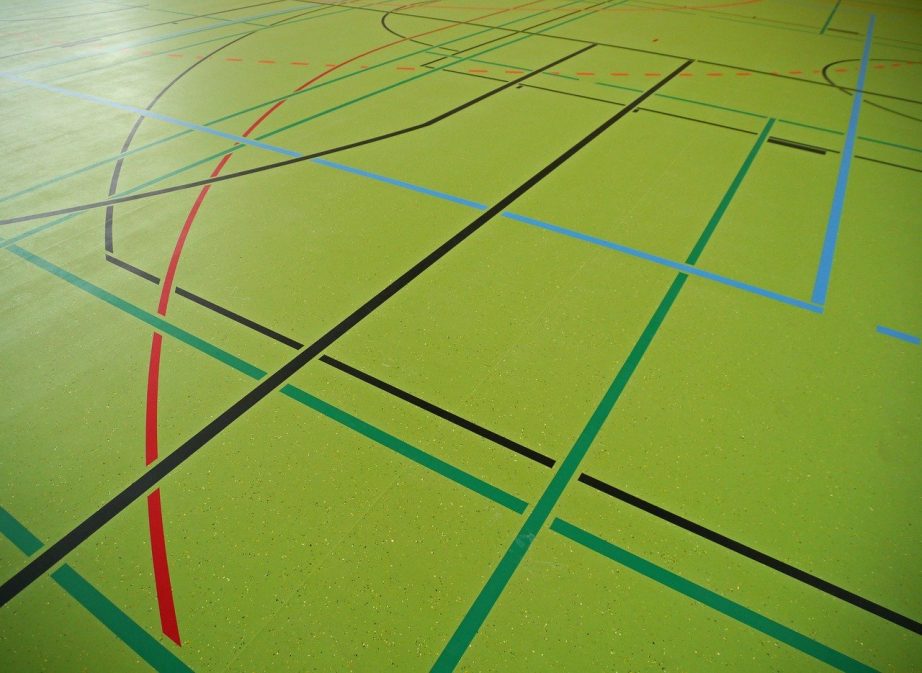Handball is a group game 2 groups of 7 gamers each attempted to toss the ball in the objective post of the contrary group. These seven players comprise of six outfield players who played on the court and a goalkeeper. They pass the ball between them to achieve the objective post of the contrary group. This game is played in the time furthest reaches of an hour, with two times of 30 minutes. The group who scored more objectives wins the game.
The dimensions of the modern handball courts are 40×20 meters. The goal post is at the center of each end. The goal post is surrounded by the zone of six-meter. Only the goalkeeper is allowed on the defending side is allowed there. If the players are able to put the ball into the goal post on the other side than it will consist as a goal. Handball is specially an indoor game but it is played in other forms also like beach handball or field handball. This is a very fast game where the defenders try to stop attackers from reaching their goal post.
The origin of handball goes back to the 19th century. This game is firstly played in northern Europe, mainly in Germany and Scandinavia. The rules which are used in modern games are set by Germany in the year of 1917, and since then there are many changes evolved in the rules. These rules are applied in the first international tournament held for the Handball for both men and women. The first Men’s tournament is hosted in 1925 and for women in 1930. In 1936 Summer Olympics in Berlin men’s handball are added as an outdoor game. And in 1972 Munich Summer Olympics it is added as an indoor game. Since then it is considered as an indoor game. Women’s handball team is included in the Summer Olympics of 1976.
IHF (International Handball Federation) was formed in the year of 1946 and 174 are the member of federation till 2013. Handball is most popular in the European continent. You can understand their domination by the fact that the European countries won each and every medal in men’s world cup title since 1938 and women’s are also equally dominant as men’s, they also won all the titles since 2013. In 2013 Brazil becomes the first Non-European country to win the handball world cup. Handball is now also gaining popularity in Brazil, Far East and North Africa. Their teams are also performing well in various tournaments.
